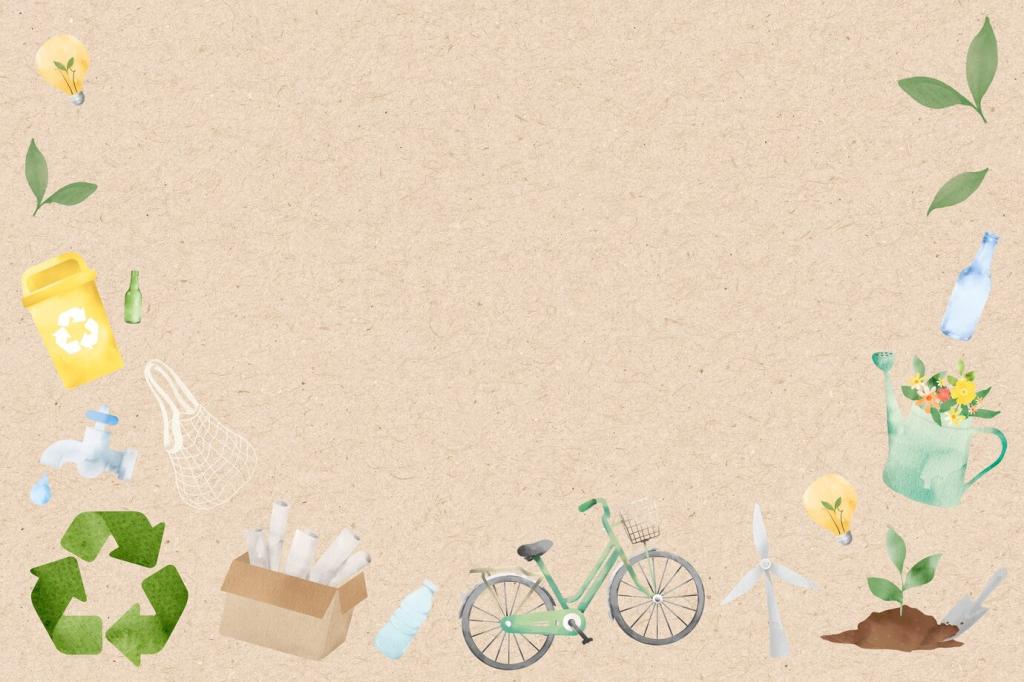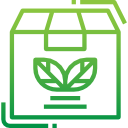
The Future of Reusable Packaging Systems
The future of reusable packaging systems is at a pivotal crossroads where innovation, environmental responsibility, and shifting consumer expectations converge. As businesses and governments seek more sustainable ways to deliver goods while minimizing waste, reusable packaging stands out as a promising pathway. This webpage explores the evolving landscape, challenges, and opportunities shaping reusable packaging systems, providing insight into how they are set to redefine both industry standards and consumer habits.
Technological Innovations Shaping Reusable Packaging
The integration of digital tracking technologies, such as RFID chips and QR codes, is revolutionizing the management of reusable packaging. These innovations enable every package to be tracked throughout its lifecycle, allowing businesses to monitor inventory, streamline reverse logistics, and minimize losses. Accurate data collection ensures that companies can analyze patterns of use, identify inefficiencies, and optimize deployment—thus maximizing the lifespan and utility of each package. Moreover, this transparency builds consumer trust and accountability, making it easier to verify that containers are indeed being reused rather than disposed of, thereby reinforcing environmental commitments.
The future of reusable packaging hinges on the adoption of materials that are both lightweight and highly durable. Innovations in polymers, composites, and even biodegradable substances are enabling companies to design packaging that withstands repeated use without degradation. Modular design principles further enhance adaptability, as packages can be reconfigured for multiple product types or industries. These advancements not only reduce wear and tear but also address key concerns related to hygiene and safety, making reusable options more appealing to manufacturers, retailers, and consumers alike.
Automation technologies are streamlining the cleaning, sorting, and redistribution of reusable packaging. Robotics solutions can sanitize and inspect containers at high speed and with precision, reducing labor costs and enhancing consistency. Automated systems also support scalability, accommodating the needs of large businesses and facilitating expansion into broader markets. By minimizing manual handling, automation ensures higher hygiene standards and efficiency, making reusable packaging systems more viable and attractive for mass adoption across various industries.
Environmental Impact and Sustainability Benefits
Reduction of Waste and Carbon Footprint
Shifting to reusable packaging directly addresses the mounting crisis of packaging waste, reducing landfill contributions and decreasing overall resource consumption. Every cycle a package completes translates to fewer single-use containers being produced, transported, and discarded. This not only conserves raw materials but also minimizes emissions from manufacturing and waste processing. As such, reusable systems have the capacity to significantly lower the carbon footprint associated with packaging, making them a powerful tool for organizations aiming to improve their environmental credentials and contribute to a circular economy.
Resource Efficiency and Lifecycle Optimization
Reusable packaging maximizes the utility of materials invested in their production by extending the number of use cycles. Lifecycle assessments consistently demonstrate that, over time, the impacts associated with manufacturing, distribution, and end-of-life management are substantially offset by reuse. Companies embracing reusable systems frequently discover cost savings and efficiencies that go beyond environmental benefits, including reduced procurement needs and improved resource allocation. This shift in resource use exemplifies a critical step towards true sustainability, aligning production and consumption more closely with ecological limits.
Enabling Zero-Waste and Closed-Loop Systems
As organizations and municipalities aim for zero-waste objectives, reusable packaging becomes an essential component of circular, closed-loop systems. Unlike recycling, which still entails significant energy use and material loss, reusables are designed to go further by minimizing the need for continuous resource input. The closed-loop model ensures that containers are collected, cleaned, and recirculated, contributing to a dramatic reduction in environmental leakage and pollution. This systematic approach is central to achieving sustainability targets and building resilient supply chains for the future.
Consumer Behavior and Market Dynamics
Public attitudes toward reusable packaging are undergoing a significant transformation, driven by heightened environmental awareness and a growing desire for sustainable lifestyles. What was once seen as inconvenient or even unhygienic is now viewed as a badge of responsible consumption. Businesses must work to reinforce these positive perceptions with clear communication about safety, cleanliness, and practicality, dispelling myths and addressing lingering concerns. As trust grows, consumers are more willing to change long-standing habits and embrace reusable options as their default choice.

Join our mailing list
